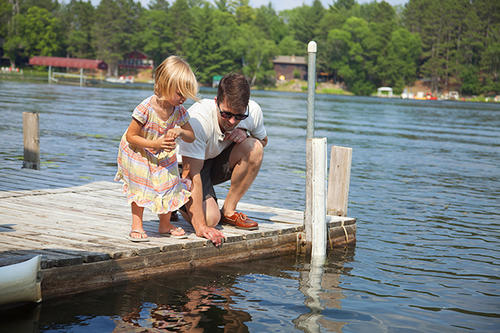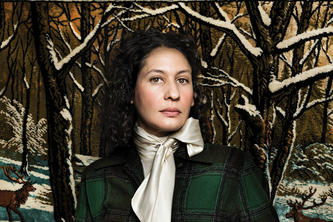
If you throw a stone anywhere in Minnesota, you're bound to make a splash. We're surrounded by nearly 12,000 lakes and 70,000 miles of rivers and streams. Minnesota has a total water surface area of around 13 million acres, almost as large an area as all of the state's corn and soybean acres in any given year. Minnesota has more wetland acres than any state except Alaska.
While all of this water makes for some excellent scenery, our economy depends on it too. From fishing and boating to parks, our water resources support a thriving tourism industry. In 2014, travel and tourism generated $13.6 billion in gross sales for Minnesota. Then there is the economic impact of agriculture, which also depends on water.
Managing these resources while meeting our needs presents a host of issues. Fortunately, the University of Minnesota is home to some of the world's most advanced water research.
"Because of the extraordinary water resources we have in Minnesota, geographically we're like a living laboratory," says Jeffrey Peterson, director of the University's Water Resources Center, a partnership between Extension and the College of Food, Agricultural and Natural Resource Sciences. "We've developed the capacity to address a whole range of water-related issues in many different fields of study."
As the University's connection to Greater Minnesota, as well as urban and suburban communities, Extension provides ongoing research and education on water resources to partners across the state.
- Categories:
- Agriculture and Environment




